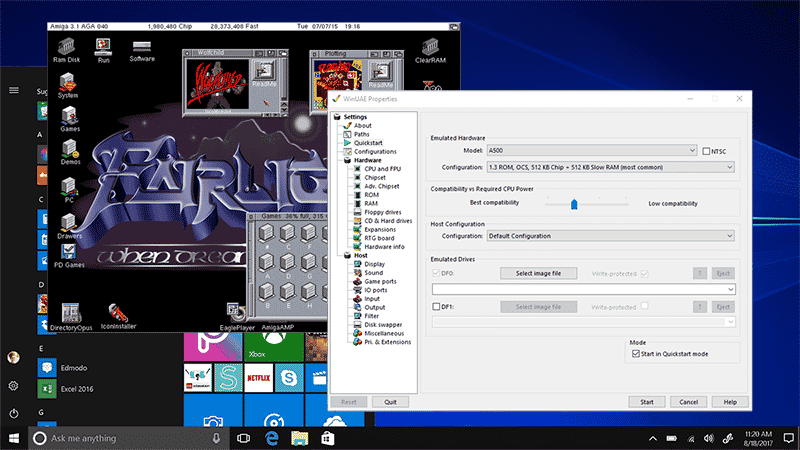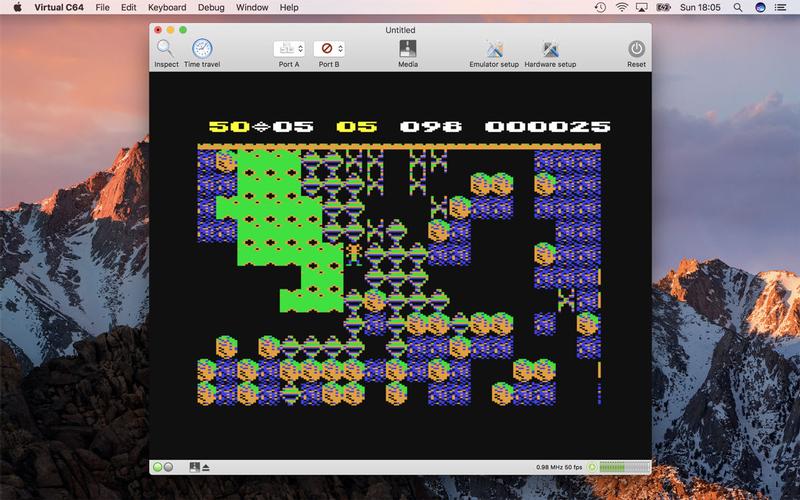

in Snoqualmie, Wash., the same multimedia vision that made the Amiga so talked about when it was introduced in 1985-and has sustained it through 15 lean years-still gives it the name recognition and user base to make a relaunch worthwhile.ĭeveloped by the Tao Group in Early, Reading, England, this software base will equip the Amiga to appear in a host of different incarnations-cellular phones, television set-top boxes (which control the signals coming into a TV set from a satellite dish, cable system, or the Internet), video and sound equipment, home-control systems, and, oh, yes, next-generation PCs. And now its glamor has seduced yet another group of engineers and programmers into putting their efforts behind the Amiga name.Īccording to Bill McEwen, president of Amiga Inc. Yet hundreds of thousands of hardware aficionados and software developers swear by it. Since it was first conceived, the Amiga has had five corporate owners and has helped bankrupt two major manufacturers. Revolutionary new technology? You can call it this only if you consider something still new when its roots go back more than 20 years. If all goes well, its backers expect it to be in millions of homes within a few years.

Patented user-interface software could overlay computer information unobtrusively on your video screen or vice versa, popping up just the bits you needed to see.
Amiga emulator mac vs pc movie#
It could display your favorite movie on your big-screen TV, look up information about the actors, cue up selections from the sound track on your CD player, and send you e-mail confirming purchase of tickets for the sequel.

In April 2000, a new computer architecture was introduced as the multimedia platform for the coming decade, a seamless link between television, DVD, video games, cellular phones, and the Internet.


 0 kommentar(er)
0 kommentar(er)
